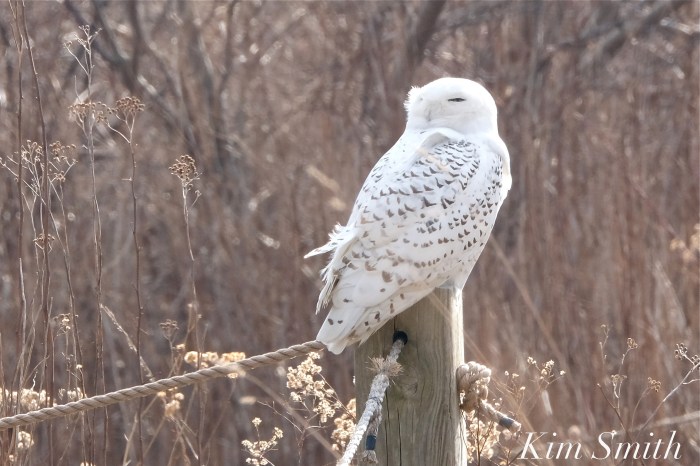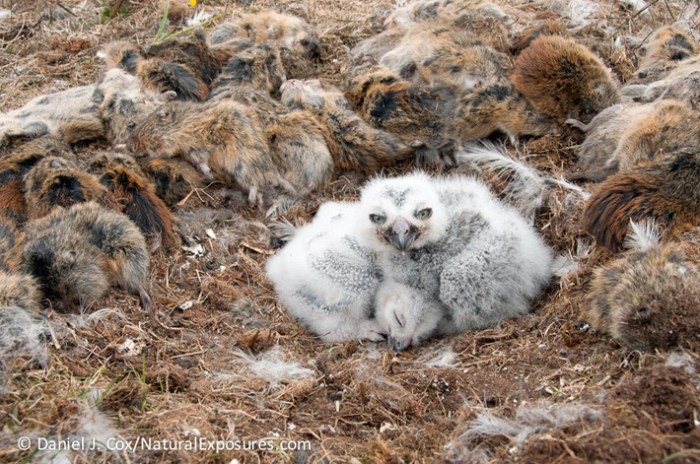Hello Friends,
Thank you to everyone for your very kind comments for this series. It has been a joy creating for such an enthusiastic audience ❤
Thank you to Jennifer Davis and her adorable daughters Ellie and Isla. They stopped by one morning to see if they could find Snowy Owl. The girls and Mom were being so good at watching her from a safe distance. I asked Jenny if she minded if I took a photo and some footage, too. Jenny very graciously said yes!
Some good news-
In the two years that have passed since our Snowy visited Cape Ann’s Back Shore, all of Boston’s North Shore has not seen the same tremendous numbers of that winter of 2018. I read though on ProjectSNOWstorm’s website of the possibility of an exciting upcoming winter of 2020-2021 because there has been a good population of lemmings in the eastern portions of the Snowies breeding grounds. Let’s hope for more visits by beautiful Snowies ❤
A Snowy Owl Comes to Cape Ann was created for the kids in the Cape Ann community during this at-home school time. Please share with young people you know who may be interested.
Thank you again for watching!
To see all five episodes together, please go to the Snowy Owl Film Project page on my website.
Again, thank you to Scott Weidensaul from ProjectSNOWstorm for script advice.
A Snowy Owl Comes to Cape Ann
Part Five: Snowy Owl Returns to the Arctic
Friends of Snowy Owl wondered how long she would stay before heading north on her return migration to the Arctic. Typically, Snowies leave New England by March or April, but some have stayed as late as July.
Why do people find Snowy Owls so captivating?
Owls symbolize wisdom and intelligence, and the characters they are given in popular culture and literature strengthen our associations.
We are provided a wonderful window into the world of owls through Snowies because they are crepuscular creatures, which means they are most active at dawn and at dusk.
There are only about 30,000 Snowy Owls in the wild. No one knows if their numbers are stable or decreasing.
Snowies face many threats, especially when they come south to us, including vehicles, planes, and toxic chemicals.
Research analysis shows that most carry some degree of rat poison, pesticides, and/or mercury in their bodies.
We can all be conscientious stewards of Snowies by not using poisonous chemicals and by keeping a safe distance when observing.
In early March, Snowy Owl began to appear restless. Migration is the most dangerous period in an owl’s life, but hormonal changes triggered by longer days were urging her northward.
Snowy Owl survived the fierce winds and waves of powerful nor’easters along with constant heckling by gulls and crows.
She ate well during her winter stay on Cape Ann.
Snowy Owl was strong and healthy when she departed, increasing the likelihood of a safe journey and return to her breeding habitat of Arctic tundra and grasslands.
Safe travels beautiful Snowy!
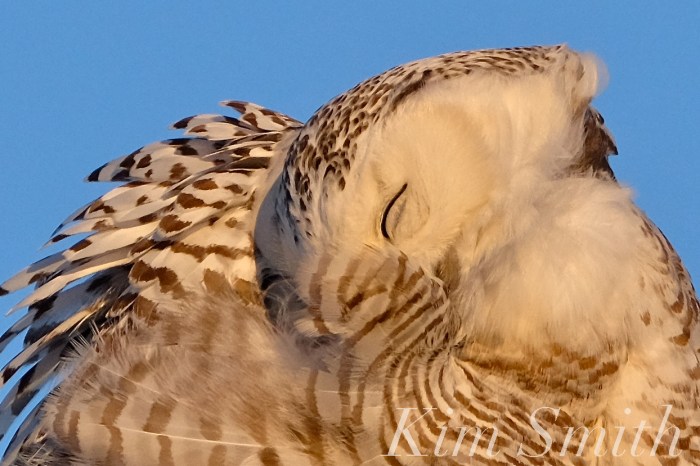
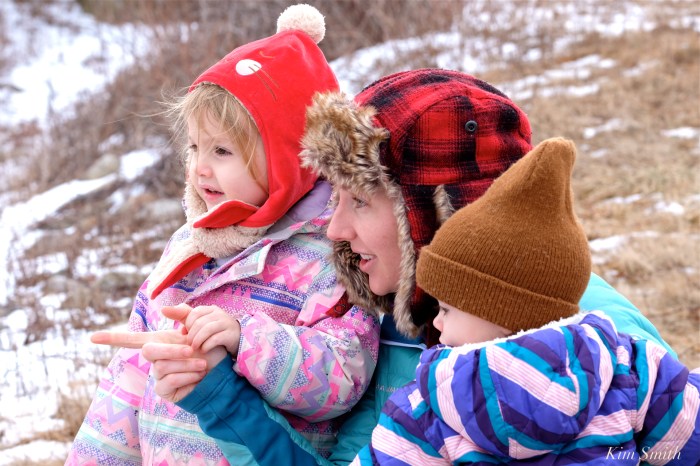



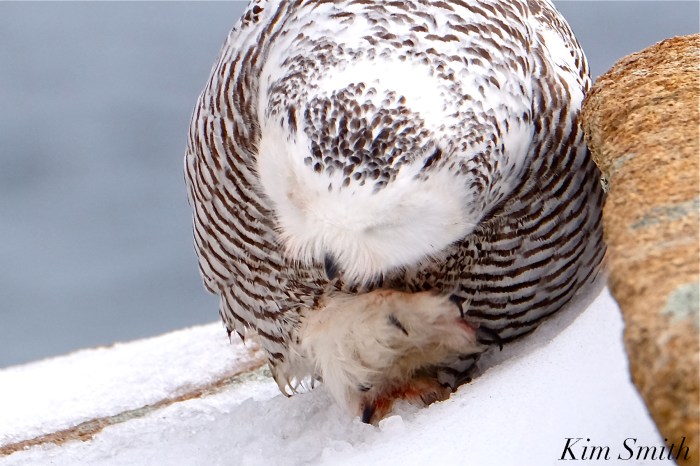

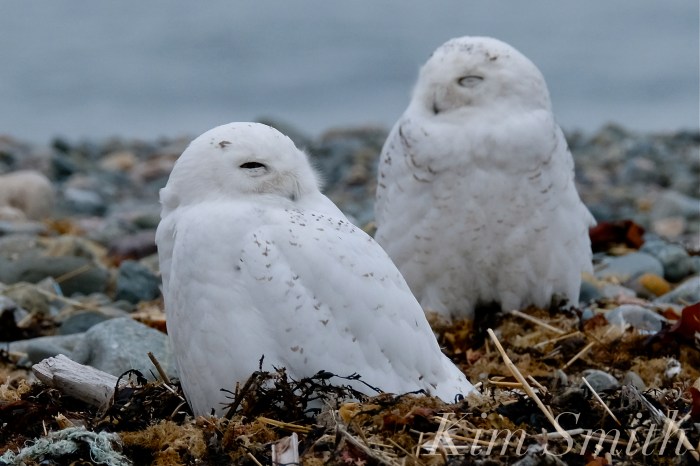
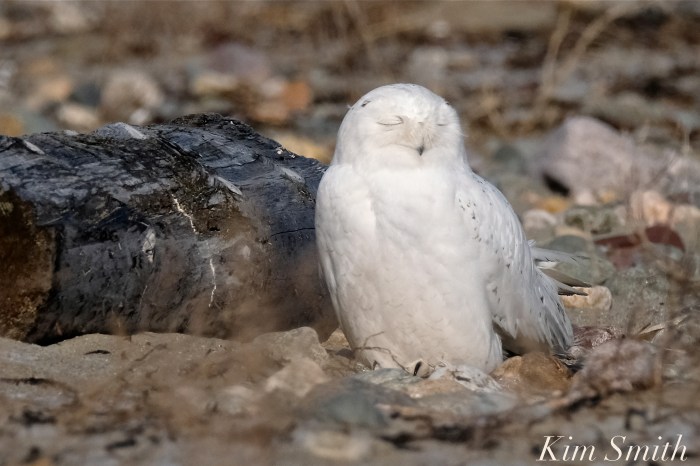
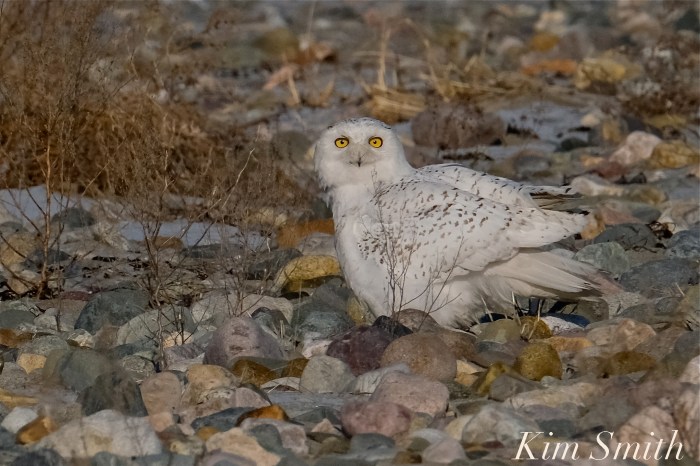




 I see you little Snowy Boy!
I see you little Snowy Boy!


